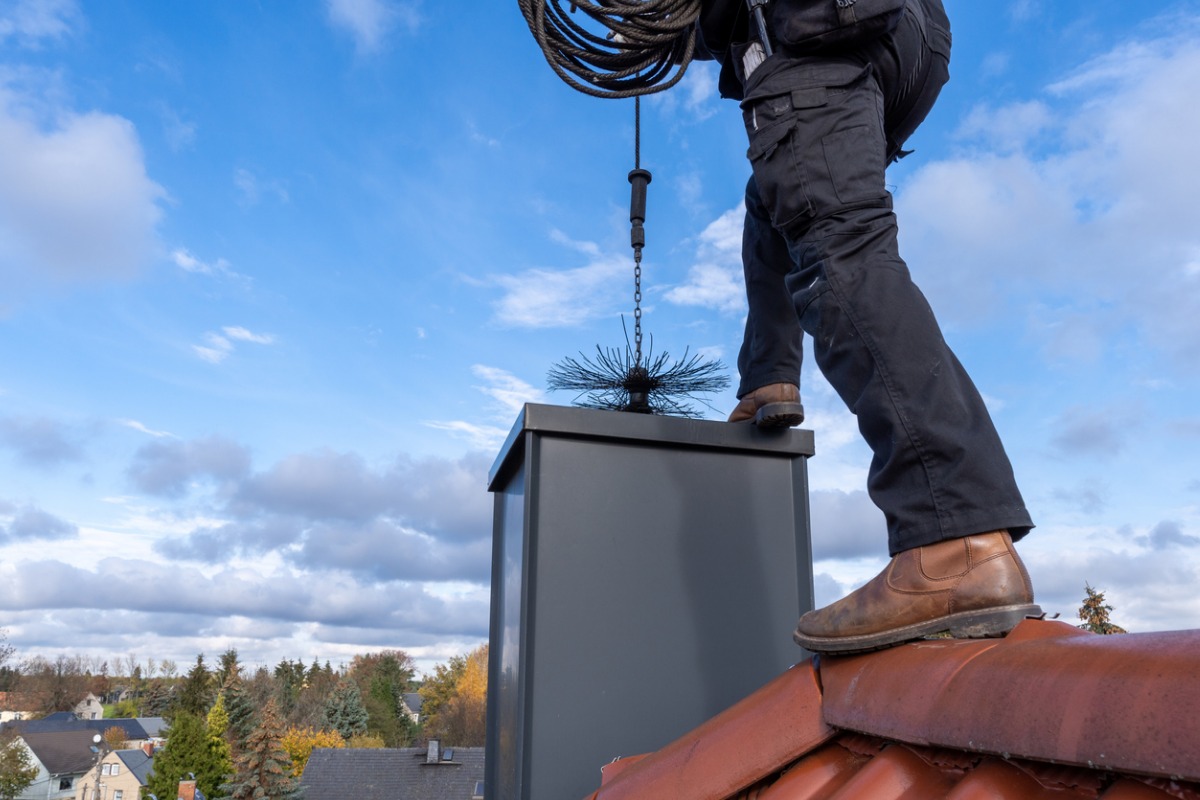

Articles
How Long Does Chimney Cleaning Take
Modified: January 5, 2024
Discover how long chimney cleaning takes with our informative articles. Get expert insights and tips on chimney maintenance and cleaning processes.
(Many of the links in this article redirect to a specific reviewed product. Your purchase of these products through affiliate links helps to generate commission for Storables.com, at no extra cost. Learn more)
Introduction
Welcome to our comprehensive guide on chimney cleaning! If you own a fireplace or wood-burning stove, keeping your chimney clean is essential for its proper functioning and safety. Over time, creosote, soot, and other debris can accumulate in your chimney, leading to potential hazards such as chimney fires or poor ventilation.
In this article, we will discuss the factors that can affect the duration of chimney cleaning, as well as the different types of chimneys, levels of creosote buildup, accessibility considerations, and the presence of obstructions. We will also explore various cleaning methods and provide an overview of the basic cleaning process. Additionally, we will touch on the importance of chimney inspection to ensure the overall health of your chimney.
By the end of this article, you will have a good understanding of how long chimney cleaning typically takes and what factors may influence the duration of the cleaning process. Let’s get started!
Key Takeaways:
- Regular chimney cleaning and inspection are essential for maintaining a safe and efficient fireplace or wood-burning stove. Factors such as chimney type, creosote buildup, accessibility, and obstructions can impact the cleaning time.
- Understanding the factors that influence chimney cleaning time, along with the importance of regular inspections, ensures the safety, efficiency, and longevity of your chimney system. Consult certified professionals for comprehensive cleaning and maintenance services.
Read more: How Long Does It Take To Clean A Carpet
Factors Affecting Cleaning Time
The time it takes to clean a chimney can vary depending on several factors. Understanding these factors can help you better estimate the duration of the cleaning process and plan accordingly. Here are some key factors that can affect the cleaning time:
- Type of Chimney: The type of chimney you have can significantly impact the cleaning time. There are different types of chimneys, such as masonry chimneys, metal chimneys, and prefabricated chimneys. Each type may require different cleaning techniques and tools, which can affect the overall duration of the cleaning process.
- Level of Creosote Buildup: Creosote is a sticky substance that forms when wood is burned. It can accumulate on the inner walls of the chimney and become a fire hazard if not removed regularly. The level of creosote buildup in your chimney will determine the amount of time needed to thoroughly clean it. Light to moderate buildup may be easier to remove, while heavy buildup may require more time and effort.
- Accessibility of Chimney: The accessibility of your chimney plays a crucial role in determining the cleaning time. If the chimney is easily accessible and requires minimal dismantling or maneuvering, the cleaning process may be efficient and relatively quick. However, if the chimney is located in a hard-to-reach area or requires extensive disassembly, the cleaning time may be longer.
- Presence of Obstructions: Obstructions in the chimney, such as animal nests, leaves, or debris, can hinder the cleaning process. Removing these obstructions is essential before proceeding with the chimney cleaning. The presence of obstructions may add extra time to the cleaning process, especially if they are deeply lodged or require specialized techniques to clear.
It’s important to note that these factors are not isolated and often interrelated. For example, a masonry chimney with a heavy creosote buildup located in a hard-to-access area with obstructions will naturally take more time to clean than a metal chimney with light creosote buildup and easy accessibility.
Now that we have identified the factors that can influence cleaning time, let’s explore different types of chimneys and how they can impact the cleaning process.
Type of Chimney
When it comes to chimney cleaning, understanding the type of chimney you have is essential. Different types of chimneys require specific cleaning techniques and tools, which can affect the duration of the cleaning process. Here are the three main types of chimneys:
- Masonry Chimneys: Masonry chimneys are built from brick or stone and are a common choice in older homes. They are durable and can withstand high temperatures. However, masonry chimneys can be more prone to creosote buildup due to their rough and porous surfaces. Cleaning a masonry chimney typically involves the use of chimney brushes, rods, and other tools to scrape off the creosote and soot.
- Metal Chimneys: Metal chimneys, often made of stainless steel or aluminum, are commonly used in modern homes. They are lightweight and offer good insulation. Metal chimneys are generally easier to clean than masonry chimneys due to their smooth surfaces. A rotary brush system or a high-powered vacuum can be utilized to remove the creosote buildup effectively.
- Prefabricated Chimneys: Prefabricated chimneys, also known as factory-built chimneys, are made of metal and come in pre-designed sections. They are often installed in newer homes and are manufactured to meet specific safety standards. Cleaning a prefabricated chimney usually involves inspecting the joints, cleaning the flue pipe, and removing any debris or creosote buildup using specialized tools.
The type of chimney you have can impact the cleaning time in several ways. Masonry chimneys with their rough surfaces and potential for heavy creosote buildup may require more time and effort to clean thoroughly. Metal chimneys, on the other hand, with their smooth surfaces, are generally easier and quicker to clean. Prefabricated chimneys fall somewhere in between, with specific cleaning requirements to ensure optimal performance.
Next, let’s discuss the level of creosote buildup and how it can affect the duration of the cleaning process.
Level of Creosote Buildup
One of the factors that significantly affects the time needed for chimney cleaning is the level of creosote buildup. Creosote is a byproduct of burning wood in a fireplace or stove, and it can accumulate on the inner walls of the chimney over time. The level of creosote buildup can range from light to heavy, and it is important to address it during the cleaning process.
Here are the three main levels of creosote buildup:
- Light Buildup: Light creosote buildup refers to a thin layer of creosote coating the chimney walls. This level of buildup is typically easier to remove and requires less time for cleaning. A chimney brush or rotary brush system can be used to effectively remove the light creosote layer.
- Moderate Buildup: Moderate creosote buildup involves a thicker layer of creosote, but it has not yet reached a hazardous level. Cleaning a chimney with moderate creosote buildup requires more time and effort compared to light buildup. Chimney professionals may utilize wire brushes, scrapers, and other tools to remove the creosote effectively.
- Heavy Buildup: Heavy creosote buildup is a cause for concern as it greatly increases the risk of chimney fires. This level of buildup requires extensive cleaning and may take the longest time to clean. Removal of heavy creosote buildup often involves more aggressive cleaning methods, such as using chemicals or rotary cleaning systems. Professional chimney sweeps are usually required to handle heavy creosote buildup safely and efficiently.
The level of creosote buildup in your chimney will determine the duration of the cleaning process. Light to moderate buildup can typically be addressed within a few hours. However, heavy buildup may require multiple cleaning sessions and more advanced cleaning techniques, which can prolong the overall cleaning time.
Next, let’s explore the accessibility of the chimney and how it can impact the cleaning process.
Accessibility of Chimney
The accessibility of a chimney can greatly influence the duration of the cleaning process. Chimneys that are easily accessible require less time and effort to clean compared to those in hard-to-reach areas. Accessibility considerations include factors such as location, height, and the need for dismantling or maneuvering to access the chimney.
If the chimney is located in a central, open area of the house, with a clear pathway and minimal obstructions, it is considered to be highly accessible. In such cases, chimney cleaning can be more efficient and completed within a shorter time frame. Chimneys with easy accessibility are typically found in single-story or ground-level houses.
On the other hand, chimneys located on higher floors or rooftops may present challenges in terms of accessibility. Chimneys located in tight corners, enclosed spaces, or areas with limited clearance can also be difficult to access. In these cases, additional time may be required to set up proper equipment, scaffolding, or safety measures to reach and clean the chimney effectively.
In some situations, the cleaning process may involve partial or complete dismantling of sections of the chimney. This is often the case when dealing with masonry chimneys, as they may have removable components such as chimney caps or crowns. The need for dismantling or maneuvering can increase the cleaning time significantly.
Therefore, before estimating the time required for chimney cleaning, it is essential to consider the accessibility of the chimney. If your chimney is easily accessible, the cleaning process may be efficient and relatively quick. However, if your chimney is in a hard-to-reach area or requires extensive disassembly, the cleaning time may be longer.
Now, let’s move on to discussing the presence of obstructions and how they can impact the cleaning process.
Chimney cleaning typically takes 45 minutes to 2 hours, depending on the size and condition of the chimney. It’s important to hire a professional for this task to ensure it’s done safely and effectively.
Read more: How Long Does A Carpet Cleaning Take
Presence of Obstructions
Obstructions in the chimney can significantly affect the duration of the cleaning process. Obstructions can be anything that blocks the proper airflow in the chimney or hinders the cleaning procedure. It is essential to remove these obstructions before proceeding with the chimney cleaning to ensure a thorough and effective cleaning process.
Here are some common obstructions that can be found in chimneys:
- Animal Nests: Birds, squirrels, and other animals may build nests in chimneys, especially during the nesting season. These nests can obstruct the pathway of smoke and gases, increasing the risk of poor ventilation and chimney fires. Removing animal nests can be time-consuming, particularly if they are large or deeply lodged in the chimney.
- Leaves and Debris: Chimney caps or chimney pots are designed to prevent leaves, twigs, and debris from entering the chimney. However, over time, these may accumulate and obstruct proper airflow. Clearing these types of obstructions may require manual removal or the use of specialized chimney cleaning tools.
- Creosote Breakdown: In some cases, creosote may break down and fall into the chimney, creating obstructions. These chunks of creosote can hinder the cleaning process and must be removed before proceeding. Removing creosote breakdown obstructions may require scraping, brushing, or vacuuming.
- Structural Damage: Structural damage in the chimney, such as a collapsed flue liner or damaged masonry, can create obstructions. If obstructions are found due to structural damage, it is important to address the damage first, either through repairs or chimney restoration, before proceeding with cleaning.
The presence of obstructions in the chimney can add extra time to the cleaning process. The complexity and severity of the obstructions will determine the amount of time needed for their removal. Chimney professionals have the experience and tools to safely and effectively clear obstructions, ensuring proper airflow and ventilation in the chimney.
Now that we have explored the factors that can affect cleaning time, let’s move on to discussing the various methods used for chimney cleaning.
Cleaning Methods
When it comes to chimney cleaning, several methods can be employed to ensure a thorough and effective cleaning process. The method used can depend on factors such as the type of chimney, the level of creosote buildup, and the presence of obstructions. Here are some common cleaning methods utilized by chimney professionals:
- Chimney Brushing: Brushing is one of the most common methods used for chimney cleaning. It involves using a chimney brush attached to flexible rods to scrub the inner walls of the chimney, dislodging and removing creosote buildup and soot. The size and type of brush used depend on the dimensions and condition of the chimney.
- Rotary Brush System: The rotary brush system is a more advanced cleaning method that involves a motorized brush head attached to flexible rods. The rotating brush scrubs the chimney walls, providing a more thorough cleaning compared to traditional brushing. This method is particularly effective for metal chimneys or chimneys with heavy creosote buildup.
- High-Powered Vacuuming: Vacuuming is an essential part of chimney cleaning to capture the dislodged debris and prevent it from spreading into the surrounding area. A high-powered vacuum, specifically designed for chimney cleaning, is used to remove soot, creosote, and other loose particles during the cleaning process.
- Chemical Cleaning: In cases of heavy creosote buildup or stubborn deposits, chemical cleaners may be utilized. These cleaners are designed to break down and dissolve creosote, making it easier to remove. However, chemical cleaning should be performed by experienced professionals to ensure safety and avoid damage to the chimney.
- Inspection Cameras: Inspection cameras or chimney cameras are often used during the cleaning process to assess the condition of the chimney’s interior. These cameras provide a visual inspection, allowing chimney professionals to identify any hidden issues or additional cleaning needs.
The choice of cleaning method will depend on the specific requirements of your chimney, including the type of chimney, the level of creosote buildup, and the presence of obstructions. A professional chimney sweep will assess your chimney’s condition and recommend the most appropriate cleaning method to ensure thorough cleaning and maintenance.
Now that we have explored different cleaning methods, let’s move on to discussing the basic cleaning process.
Basic Cleaning Process
The basic cleaning process for chimneys involves several steps to ensure a thorough and efficient cleaning. While the specific details may vary depending on the type of chimney and the level of creosote buildup, here is a general overview of the basic cleaning process:
- Preparation: Before beginning the cleaning process, chimney professionals will take safety precautions, such as wearing protective gear and setting up drop cloths or tarps to protect the surrounding area from debris. They may also perform a visual inspection of the chimney to identify any visible issues or obstructions.
- Obstruction Removal: If there are any obstructions present, such as animal nests or debris, they will be removed before proceeding with the cleaning process. This may involve using special tools or techniques to safely clear the obstructions.
- Chimney Brushing: The chimney professional will use a chimney brush attached to flexible rods to clean the chimney’s inner walls. They will start from the fireplace or stove and work their way up, carefully scrubbing away the creosote buildup and soot. This process helps to dislodge and remove any deposits adhering to the chimney walls.
- Vacuuming: Simultaneously, a high-powered vacuum will be used to capture the loosened debris and prevent it from spreading throughout the house. The vacuum will be strategically positioned to collect the debris as the chimney is being brushed, ensuring a clean and controlled environment.
- Inspection: Once the brushing and vacuuming process is complete, a chimney inspection will be conducted using inspection cameras or other specialized tools. This allows the chimney professional to assess the overall condition of the chimney, identify any areas of concern, and ensure that the cleaning process has been thorough.
- Clean-up: After the cleaning and inspection, the chimney professional will clean up any remaining debris or dust from the cleaning process. This includes removing drop cloths or tarps and ensuring that the surrounding area is left clean and tidy.
It is important to note that chimney cleaning is best performed by trained and certified chimney professionals. They have the knowledge, experience, and specialized tools required to safely and effectively clean chimneys while minimizing any potential risks or damages.
By following this basic cleaning process, you can maintain a clean and safe chimney, ensuring optimal performance and reducing the risk of chimney fires or poor ventilation.
Now that we have covered the basic cleaning process, let’s move on to discussing the importance of chimney inspection.
Chimney Inspection
Chimney inspection is a vital part of chimney maintenance and should be considered alongside regular cleaning. Inspections help to identify any hidden issues, assess the overall condition of the chimney, and ensure that it is functioning safely and efficiently. Here are some key reasons why chimney inspection is important:
- Safety: A thorough chimney inspection helps to identify potential hazards that may compromise the safety of your home. This includes detecting cracks, deterioration, or structural damage that could lead to chimney fires or carbon monoxide leaks. Identifying these issues early on can prevent costly repairs and ensure the safety of your household.
- Creosote Buildup: Inspection can determine the level of creosote buildup in the chimney. Creosote is highly flammable and can accumulate over time, increasing the risk of chimney fires. By identifying the level of creosote buildup during inspection, chimney professionals can recommend the appropriate cleaning frequency and methods to prevent fire hazards.
- Efficiency: A well-maintained chimney operates more efficiently, allowing for proper ventilation and optimal performance. During an inspection, professionals will check for obstructions, such as animal nests or debris, that may hinder the airflow. They will also assess the overall condition of the chimney, ensuring that it is clear and functioning properly.
- Preventive Measures: Chimney inspections can help to identify potential issues before they become major problems. By detecting early signs of wear and tear, cracks, or water damage, necessary repairs can be carried out promptly, preventing further damage and costly repairs in the future.
- Compliance and Insurance: Regular chimney inspections may be required by local building codes or insurance companies. Failure to comply with these requirements can result in penalties or the invalidation of insurance coverage. By scheduling routine inspections, you ensure that your chimney meets the necessary safety standards and maintain the validity of your insurance policy.
It is recommended to have a professional chimney inspection performed at least once a year, along with routine chimney cleaning. However, additional inspections may be necessary depending on factors such as heavy usage, visible damage, or changing weather conditions.
During the inspection, a qualified chimney professional will thoroughly assess the chimney, including the flue liners, chimney caps, damper, and external components. They may use specialized tools such as inspection cameras to get a close look at hard-to-reach areas. After the inspection, they will provide a detailed report and any recommendations for repairs or maintenance that may be required.
By prioritizing regular chimney inspections, you can ensure the safety, efficiency, and longevity of your chimney system. It is a proactive measure that helps to prevent potential problems and maintain a well-functioning chimney for years to come.
Now, let’s summarize the main points discussed in this article.
Read more: How Long Does It Take To Clean A Dryer Vent
Conclusion
Keeping your chimney clean is crucial for maintaining a safe and efficient fireplace or wood-burning stove. The time it takes to clean a chimney can depend on various factors, including the type of chimney, the level of creosote buildup, the accessibility, and the presence of obstructions.
Masonry chimneys, metal chimneys, and prefabricated chimneys each have their own cleaning requirements, which can impact the duration of the cleaning process. The level of creosote buildup, whether it’s light, moderate, or heavy, also affects the cleaning time, with heavier buildup requiring more effort and time.
Accessibility of the chimney plays a significant role, with easily accessible chimneys typically taking less time to clean than those located in hard-to-reach areas. The presence of obstructions such as animal nests or debris can also add extra time to the cleaning process, as they need to be cleared beforehand.
Various cleaning methods, including chimney brushing, rotary brush systems, high-powered vacuuming, chemical cleaning, and inspection cameras, are used to effectively clean chimneys. The basic cleaning process involves preparation, obstruction removal, brushing, vacuuming, inspection, and clean-up.
Furthermore, regular chimney inspections are essential to identify potential hazards, ensure proper ventilation, address creosote buildup, and detect any hidden issues. Chimney inspections promote safety, efficiency, and preventive measures to maintain the overall health of the chimney system.
In conclusion, chimney cleaning time can vary based on multiple factors, but regular cleaning and inspection are necessary to ensure the safe and efficient operation of your fireplace or wood-burning stove. By understanding these factors and following proper chimney maintenance practices, you can enjoy the warmth and coziness of your fireplace with peace of mind.
Remember to consult with certified chimney professionals for comprehensive cleaning and inspection services, as they have the expertise and knowledge to ensure the optimal functioning and safety of your chimney.
Frequently Asked Questions about How Long Does Chimney Cleaning Take
Was this page helpful?
At Storables.com, we guarantee accurate and reliable information. Our content, validated by Expert Board Contributors, is crafted following stringent Editorial Policies. We're committed to providing you with well-researched, expert-backed insights for all your informational needs.
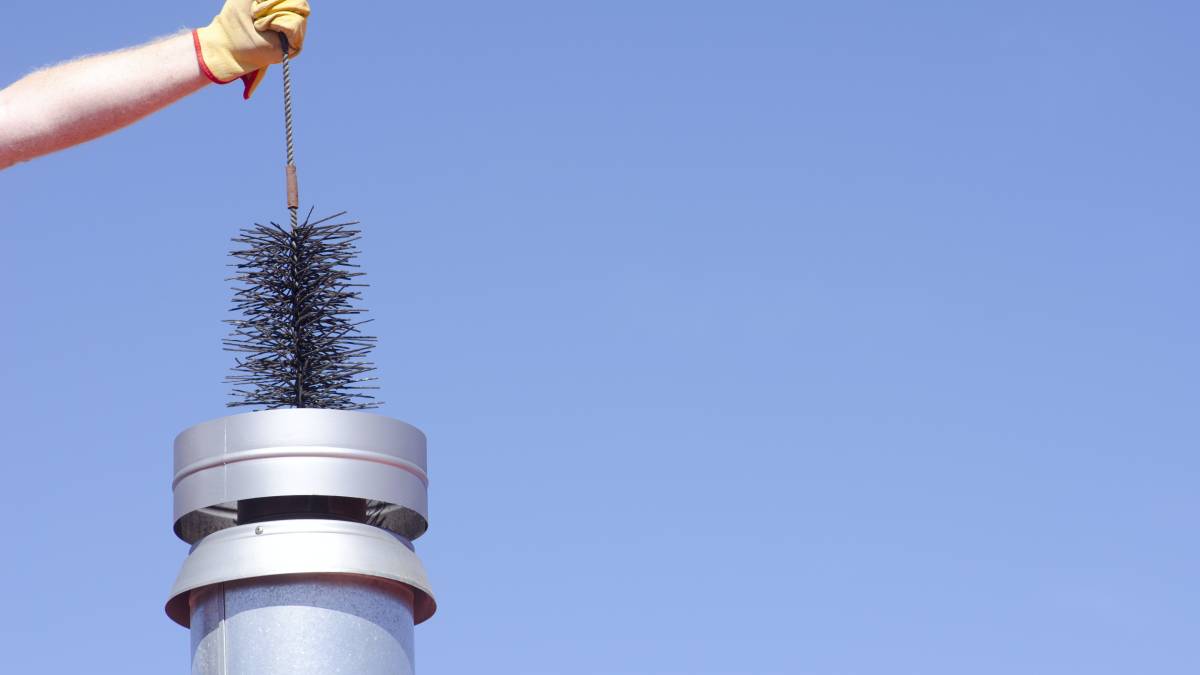
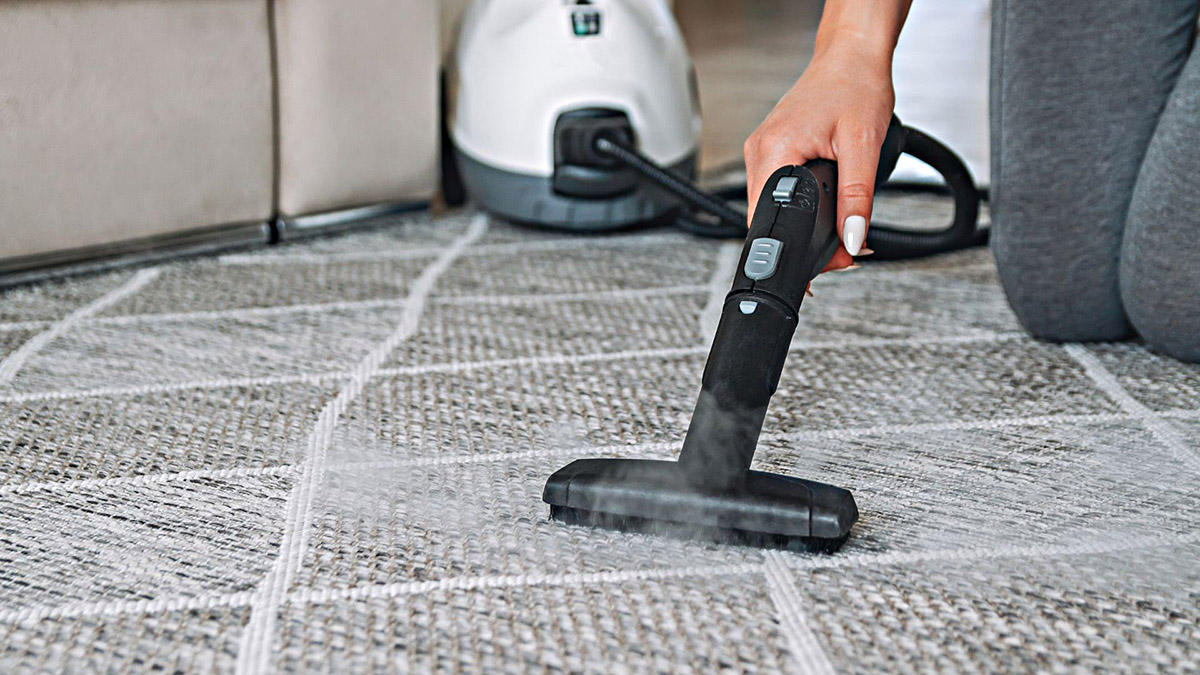

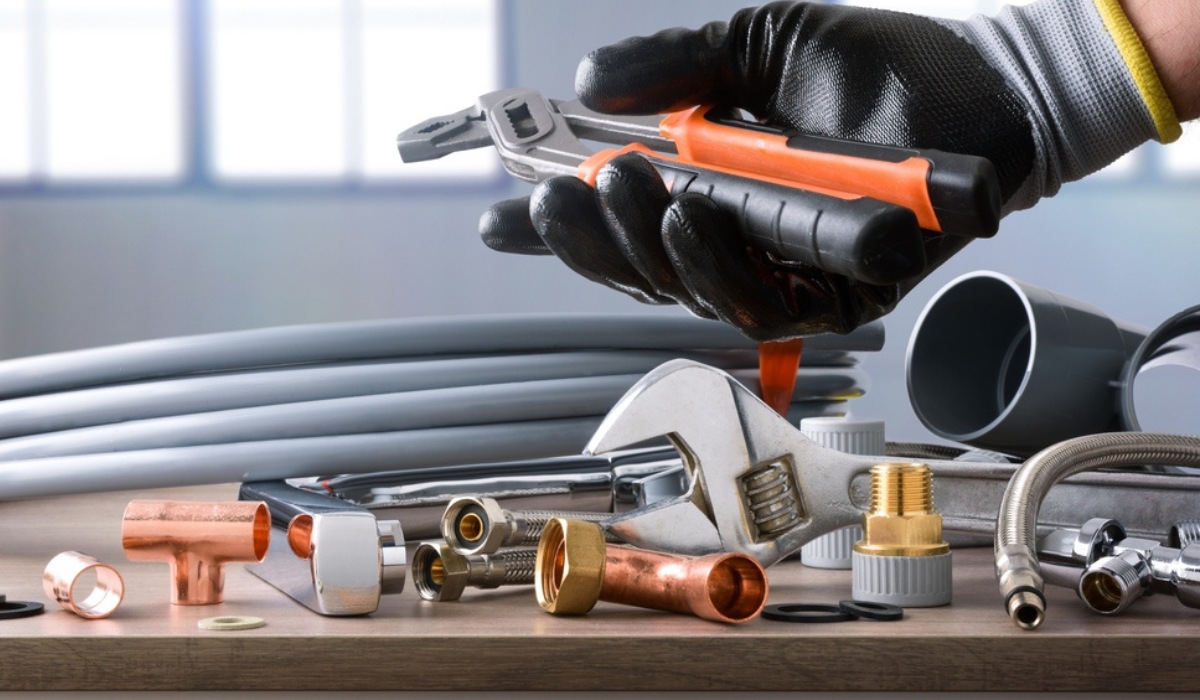
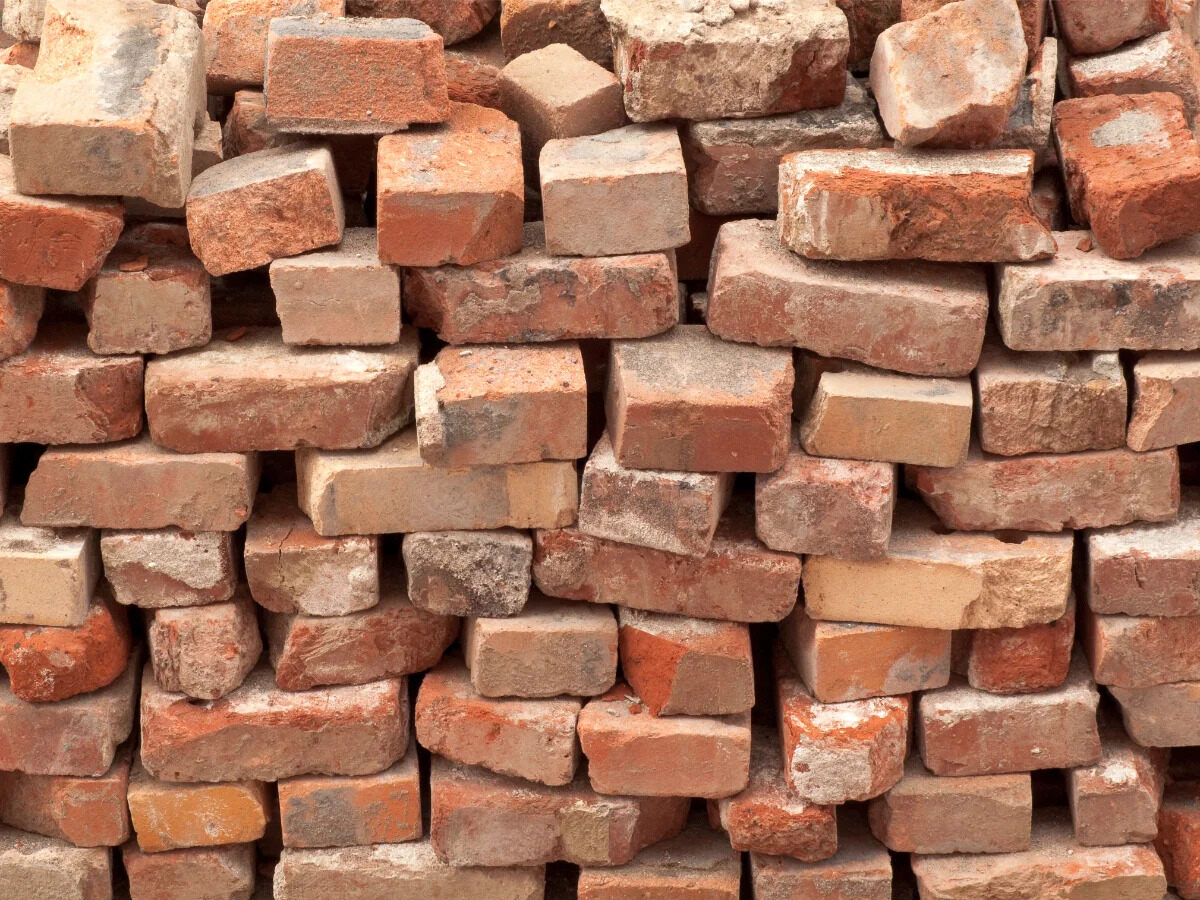
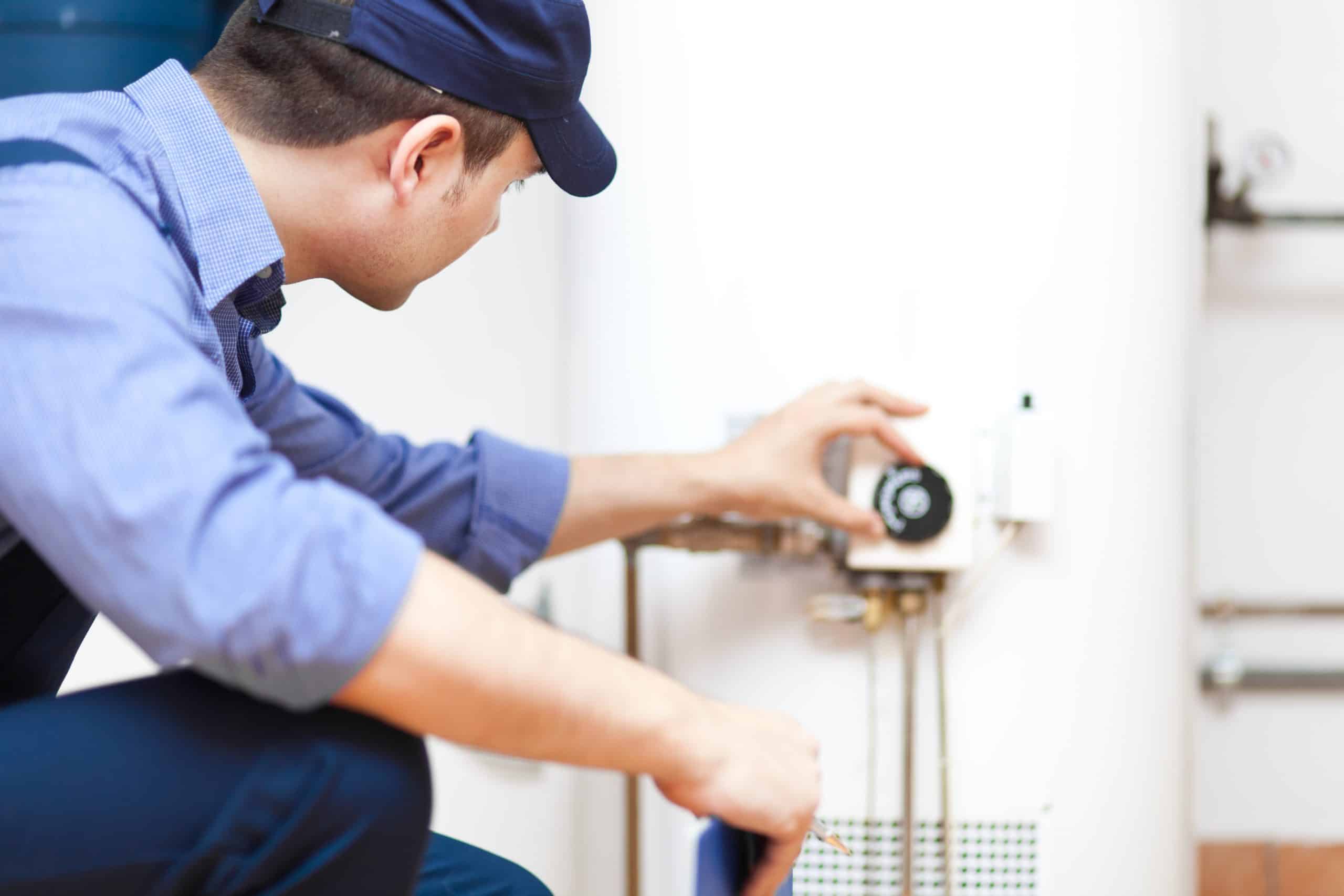
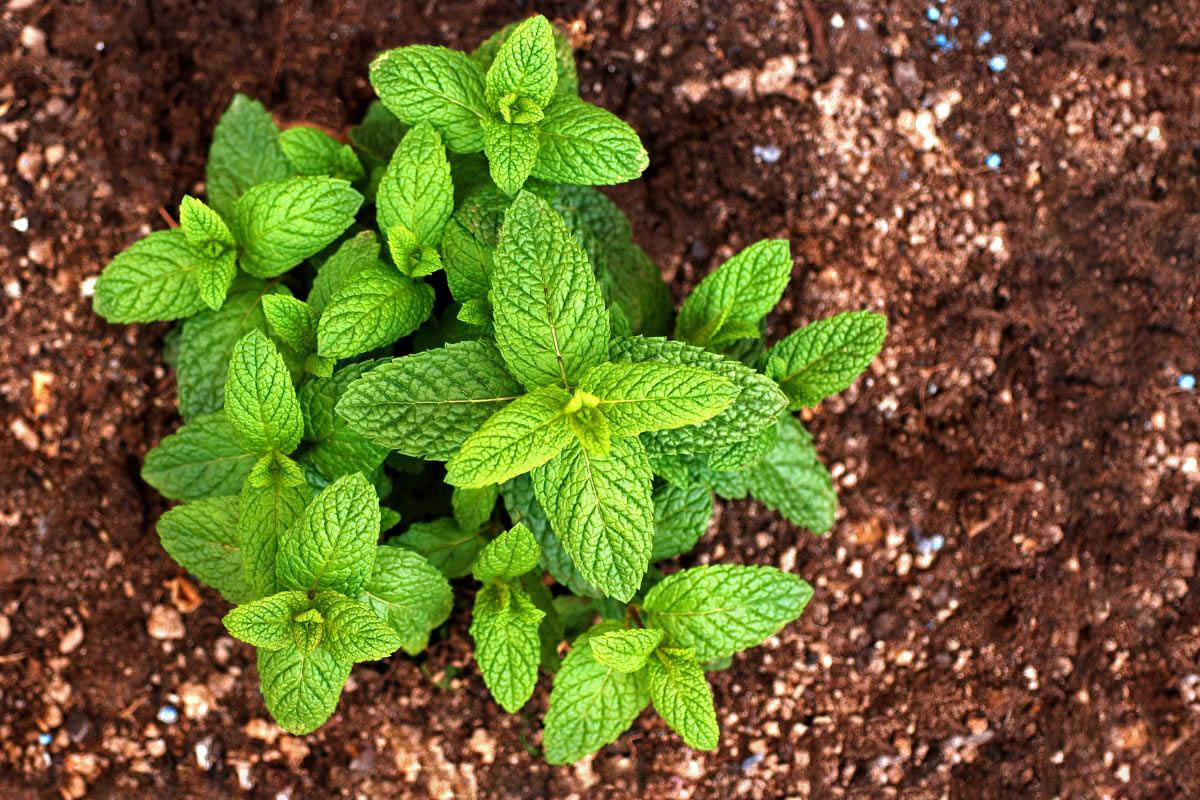



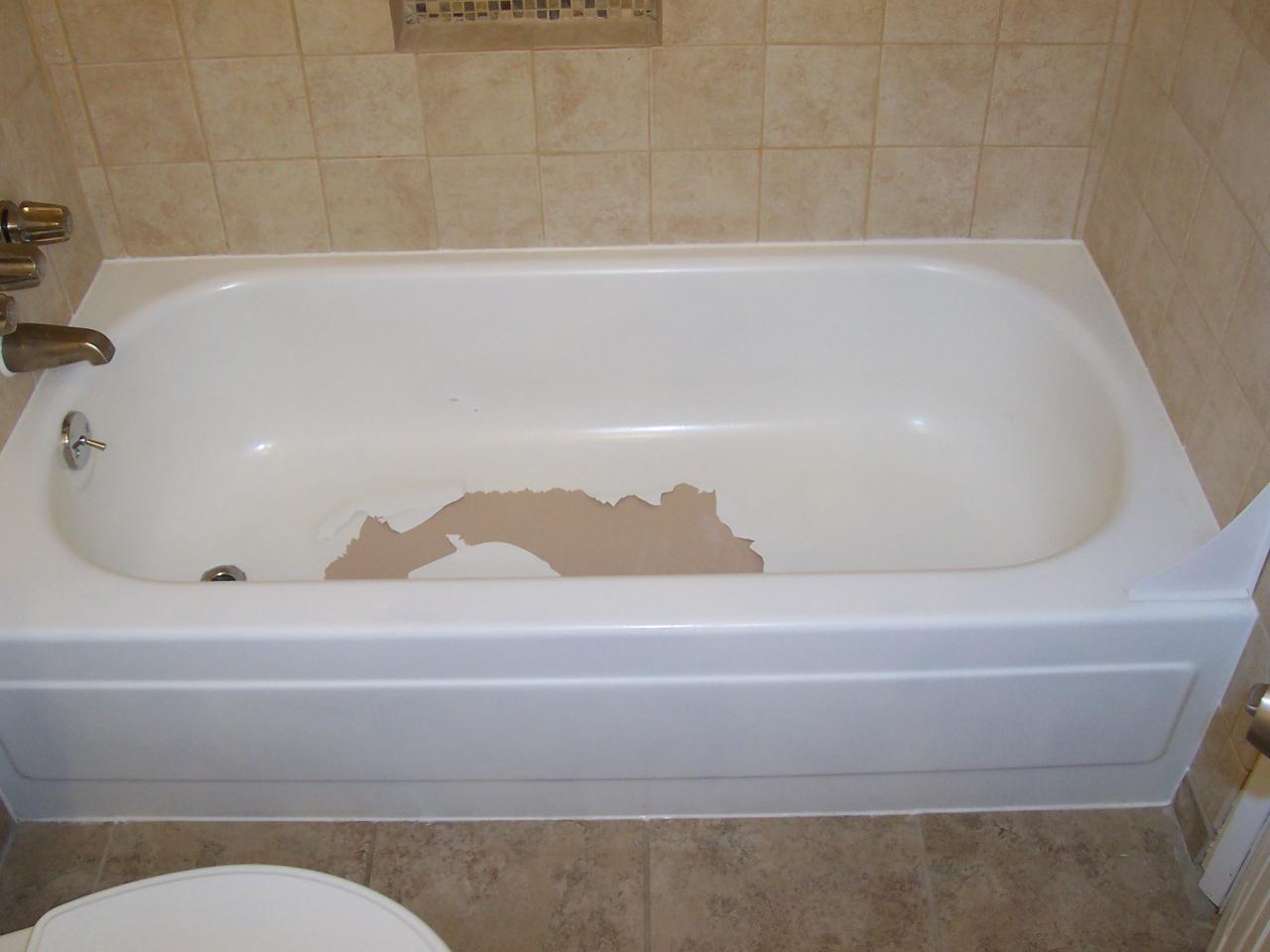
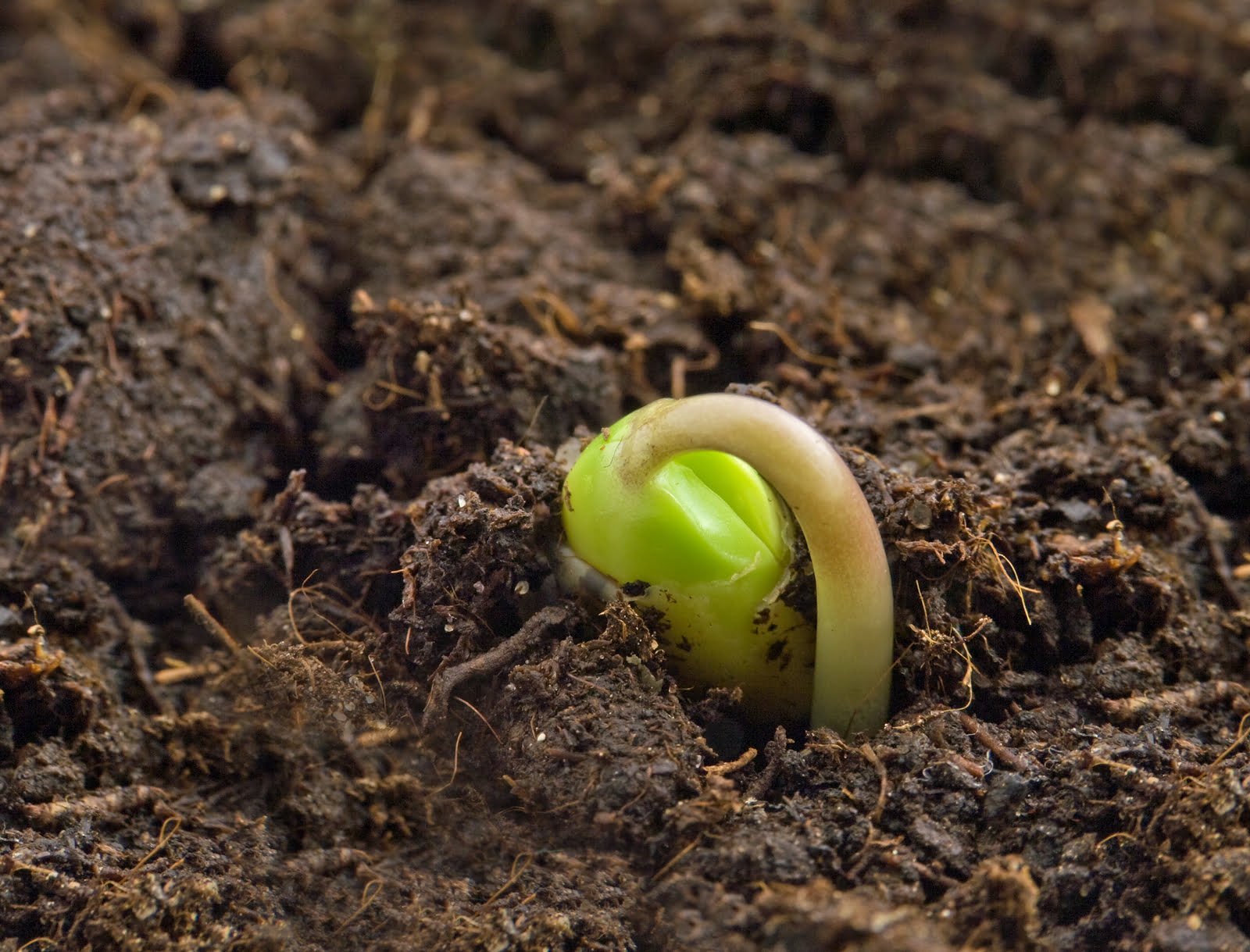
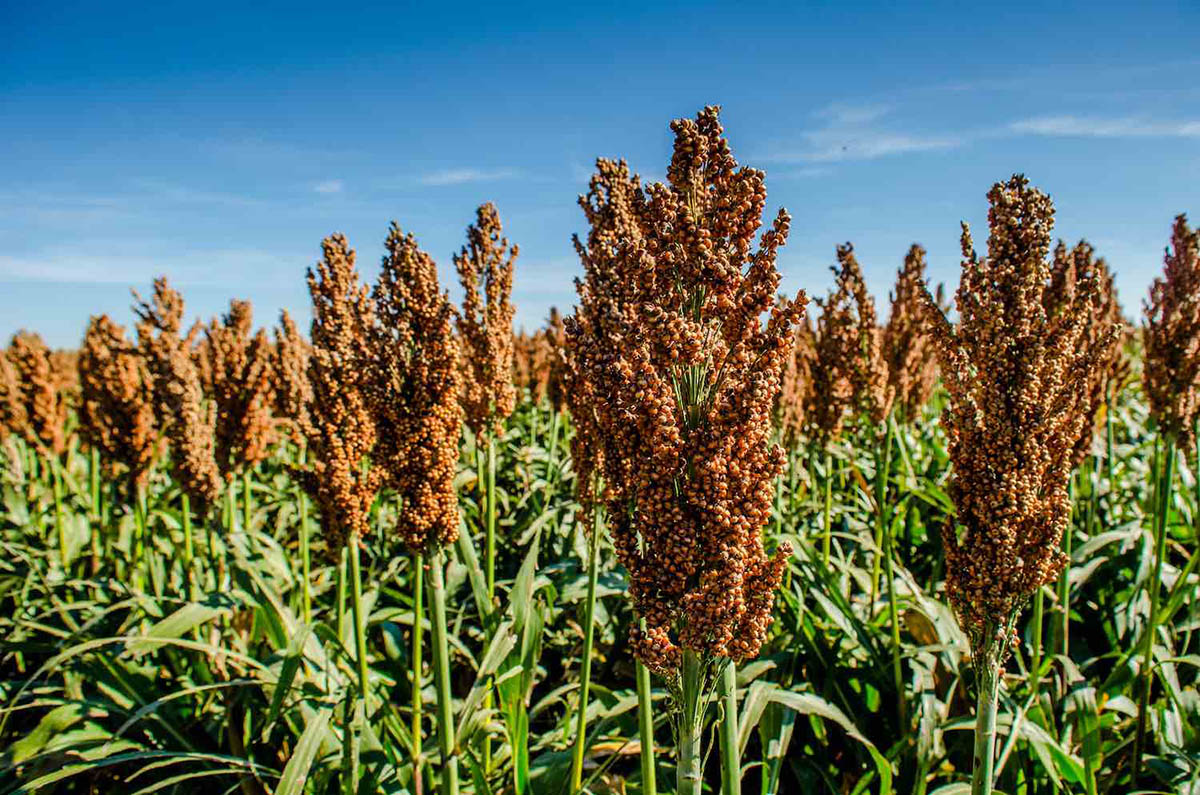

0 thoughts on “How Long Does Chimney Cleaning Take”